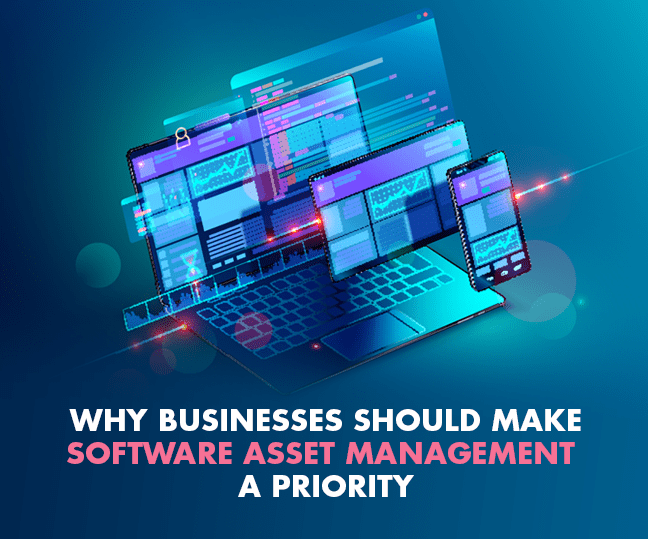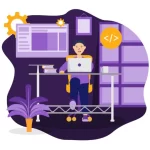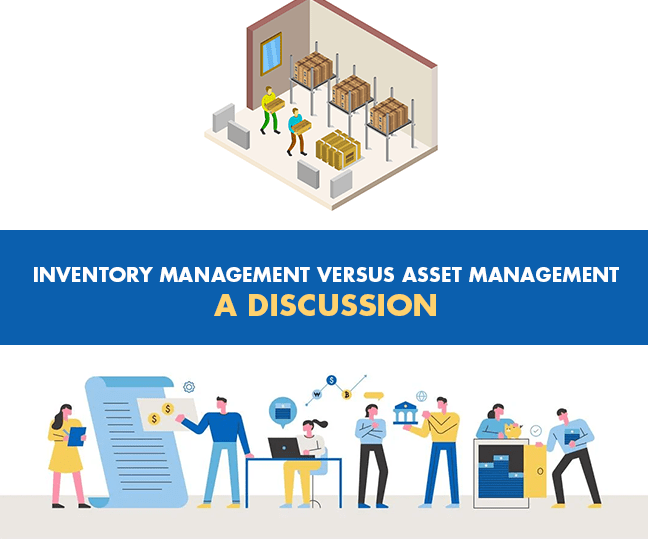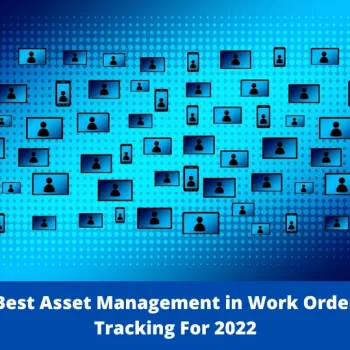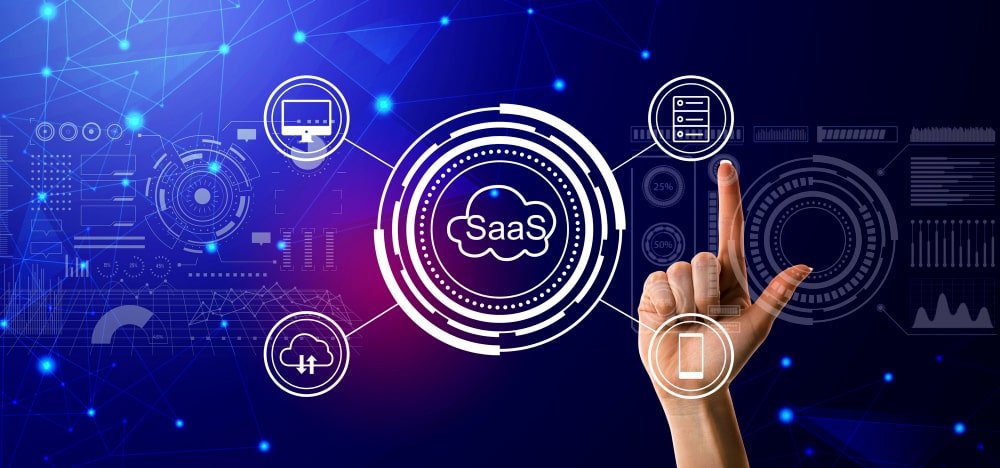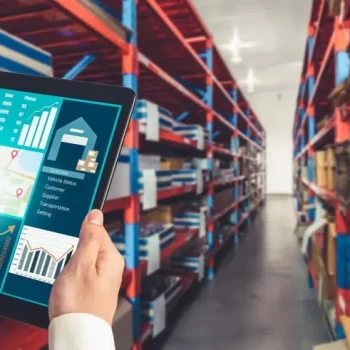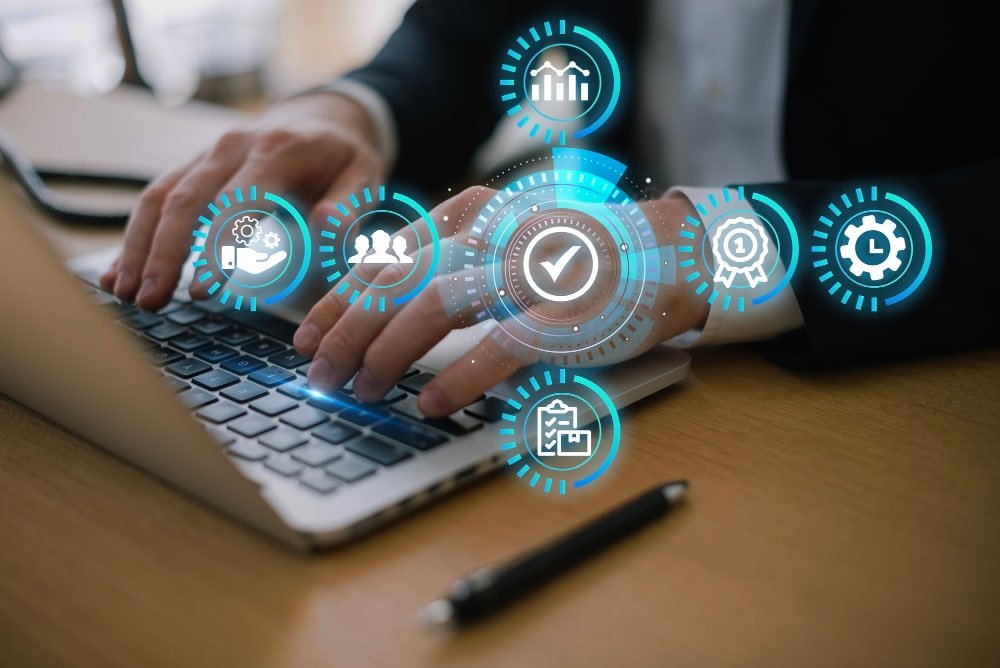Organisations are increasingly dependent on software to take care of operations and functioning on every level. Therefore, it is important to understand what software applications are used, who uses them, and how they can be supported. With software asset management solutions, the organisation can maximise the value of their software assets. Such management also assures that an organisation is not utilising more software licenses than they are paying for, or mis-utilising software by having lesser users than the licenses they are paying for. This can occur due to mismanagement and weak planning.
What is Software Asset Management Solutions ?
It includes all the processes that are required to successfully govern, manage, and secure the organisation’s software assets through all their lifecycles. IT management comprises both software asset management as well as hardware asset management.
When an organisation has an IT infrastructure, the software will form an integral part of its processes. Quite often companies manually manage software assets through tracking spreadsheets which is something that can quickly become inefficient. Any license modifications, upgrades, and expirations too have to be dealt with effectively. All this comprises effective software asset management.
Benefits of Software Asset Management
1. Effective Tracking
Since software by its very nature is something intangible, it can be difficult to track it. However, with the right tools of software asset management, it becomes easy for an organization to do so.
2. Automatic Asset Detection
With a good software asset management tool, an organization can go for automatic detection whenever a new software is added to the inventory or system it ensures that the software is catalogued thus making it easy to track.

3. Fewer Chances of Incurring Fines
Another of the big benefits of software asset management is that there are lesser chances of incurring fines and any penalties for mis-use or wrongful use of software. This means there are lesser risks for the organisations financially. Any deficit can be dealt with in advance so that fines and penalties can be eschewed.
4. Fewer Security Risks
Organisations looking to integrate software asset management can ensure lesser security risks. When software management is done effectively, malware, botware, breeches, and virus attacks can be dealt with efficiently.
5. SAM Best Practices
Organisations can learn from industry-leading best practices with regards to SAM:
6. Senior Management Support
Without the support of senior management, it can be difficult to make software asset lifecycle management work for an organization.
7. The Right Tools
There is no dearth of management tools for software available, and it is important to choose the right ones.
8. The Right Team
Finding a vendor that actually has the right team of professions who will be able to take care of SAM for your organization is crucial.
9. Categorize The Assets
There should be a proper list of assets an organization has. After that, the team has to find out which ones should be given priority and which ones belong to the lower priority. This way, management becomes easier.
Software Asset Management Mistakes Mistakes Made by Organizations
As an organisation trying to implement software asset lifecycle management best practices, it is a good idea to also know about common mistakes that are made in this regard:
- Having unrealistic expectations when trying to plan and organise a SAM strategy.
- Not having a particular roadmap on how to integrate software asset management tools.
- Not working with industry best practices.
Challenges for SAM Adoption
An organisation may face certain challenges and obstacles in its bid to go for effective software asset management.
1. No One Size Fits All Approach
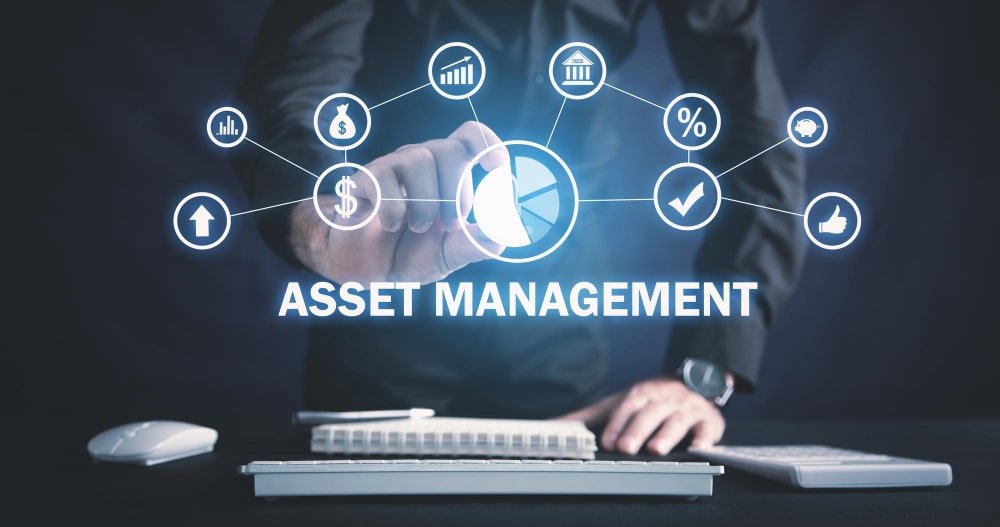
When it comes to SAM, there will be no one solution that will work with every organization. While some may work better for most, another tool may work for a particular organisation with different goals.
2. Content Is What Makes Automation
As any software management expert will say, content is what drives automation. Content may include discovery, maintenance, end of life, etc.
3. Ambiguous License Models
License models can typically be ambiguous and they can easily continue to grow. That is why best practices should be followed when purchasing any software to ensure that the terms have nothing ambiguous in them.
4. The Cloud
The cloud also presents a set of challenges for organizations looking to make sure that the benefits of asset management software are utilized well.
How to Best Choose SAM Tools
For an organization trying to get its SAM on track, it is crucial to spend some time understanding its own environment, as well as goals. Some organizations will use the simplest of technologies and will go with Microsoft tools for the bulk of their operations. For them, SAM tools can be easy to define and comply with.
For bigger organizations that have a veritable IT network, where on-premise and cloud applications are used in tandem, it can be difficult to do everything without the right tools. A vendor that follows software asset management best practices is the answer.
To Conclude
Everest IMS, can help organisations gain crucial insights into software asset management, so that they can invest in technologies and tools that help them thrive and prosper.
